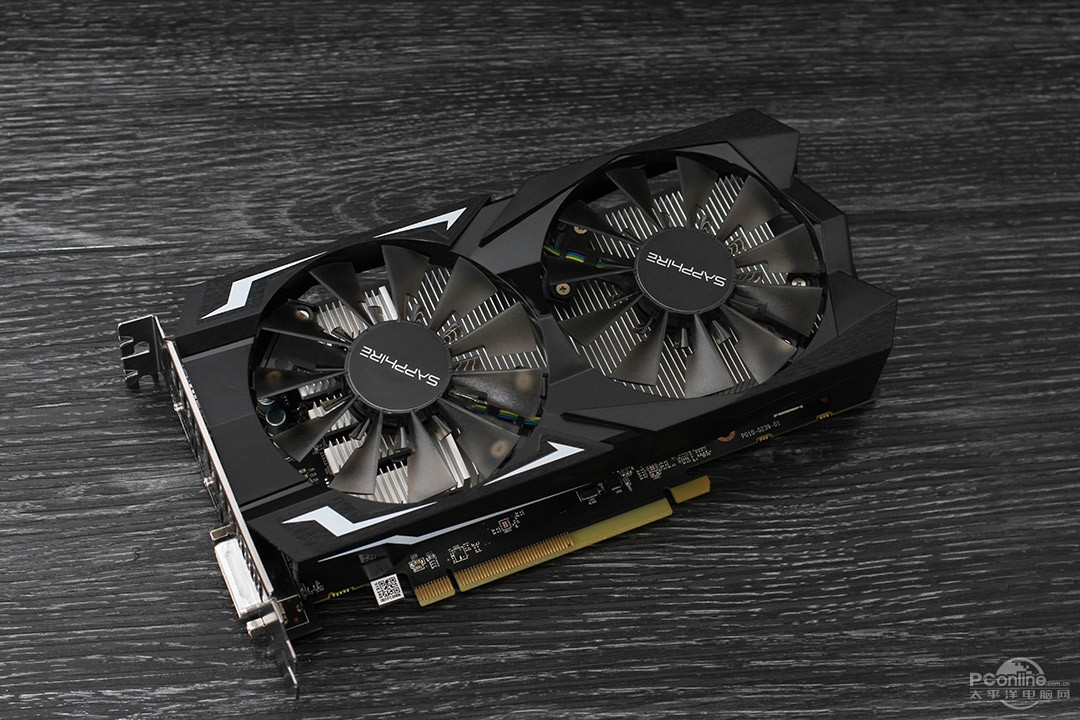Pin Slot Connector
Pin & Socket Connectors are available at Mouser Electronics. Mouser offers inventory, pricing, & datasheets for Pin & Socket Connectors. SpeedMezz Connector Family. A simple, small, robust receptacle design that mates to a high-speed mezzanine plug, edge card or cable to provide maximum space savings, and a flexible, modular wafer design that is interchangeable to allow customers to use differential, SE and power in the same connector interface. 0.80mm: 22 - 82: 0.8 - 1.0A.
Apple II - 50 pin femalebus connector
Expansion Slot Connector for the Apple II Series Interface/AddOn Cards. This Bus has been modified over the various versions ofApple IIs (check pins 19,35 and 39).
| Pin | Name | Direction | Description |
|---|---|---|---|
| 1 | /IOSEL | OUT | I/O Select. Active when page $Cn gets accessed. N.C. on slot0 |
| 2 | A0 | IN/OUT | Buffered address bus |
| 3 | A1 | IN/OUT | Buffered address bus |
| 4 | A2 | IN/OUT | Buffered address bus |
| 5 | A3 | IN/OUT | Buffered address bus |
| 6 | A4 | IN/OUT | Buffered address bus |
| 7 | A5 | IN/OUT | Buffered address bus |
| 8 | A6 | IN/OUT | Buffered address bus |
| 9 | A7 | IN/OUT | Buffered address bus |
| 10 | A8 | IN/OUT | Buffered address bus |
| 11 | A9 | IN/OUT | Buffered address bus |
| 12 | A10 | IN/OUT | Buffered address bus |
| 13 | A11 | IN/OUT | Buffered address bus |
| 14 | A12 | IN/OUT | Buffered address bus |
| 15 | A13 | IN/OUT | Buffered address bus |
| 16 | A14 | IN/OUT | Buffered address bus |
| 17 | A15 | IN/OUT | Buffered address bus |
| 18 | R/W | IN/OUT | Buffered Read/Write signal. |
| 19 | SYNC | OUT | Only Slot 7. SYNC from Video Generator. Not on Rev 0 Boards.Testpin on Slot 1 for //e |
| 20 | /IOSTRB | OUT | I/O Strobe. Active when $C800 and $CFFF gets accessed |
| 21 | /RDY | IN | Activation during Phi1 will halt the CPU, with the address busholding the last address |
| 22 | /DMA | IN | Activation disables the 6502”s address bus and halts theCPU |
| 23 | /INTOUT | IN | Daisy-chained interrupt output to lower priority devices |
| 24 | /DMAOUT | IN | Daisy-chained DMA output to lower priority devices |
| 25 | +5V | +5 Volt power supply. Max. 500mA for ALL peripheral boards | |
| 26 | GND | System electrical ground | |
| 27 | /DMAIN | OUT | Daisy-chained DMA input from higher priority devices |
| 28 | /INTIN | OUT | Daisy-chained interrupt input from higher priority devices |
| 29 | /NMI | IN | Non-Maskable Interrupt. Monitor ROM starts interrupt handlingroutine at location $3FB |
| 30 | /IRQ | IN | Interrupt ReQuest. Monitor starts the routine pointed to by$3FE/F |
| 31 | /RES | IN | RESet |
| 32 | /INH | IN | INHibits the on board ROMs ($D000-$FFFF) |
| 33 | -12V | -12 Volt power supply. Max. 200mA for ALL peripheralboards | |
| 34 | -5V | -5 Volt power supply. Max. 200mA for ALL peripheral boards | |
| 35 | COLORREF | OUT | Only Slot 7. 3.5 MHz Video COLOR REF. Not on Rev 0 Boards.Testpin on Slot 1 for //e. M2B0 on A2gs |
| 36 | 7M | OUT | 7Mhz clock |
| 37 | Q3 | OUT | 2Mhz asymetrical clock |
| 38 | PHI1 | OUT | 1 MHz phase 1 clock |
| 39 | Various | OUT | USER1 on A2: Disable adressdecode. 65C02 SYNC on A2e. M2SEL onA2gs |
| 40 | PHI0 | OUT | 1 MHz phase 0 clock (Inverted PHI1) |
| 41 | /DEVSEL | OUT | DEVice SELect. Active when $C0nX gets accessed; n -Slot#+8 |
| 42 | D7 | IN/OUT | Buffered bi-directional data bus |
| 43 | D6 | IN/OUT | Buffered bi-directional data bus |
| 44 | D5 | IN/OUT | Buffered bi-directional data bus |
| 45 | D4 | IN/OUT | Buffered bi-directional data bus |
| 46 | D3 | IN/OUT | Buffered bi-directional data bus |
| 47 | D2 | IN/OUT | Buffered bi-directional data bus |
| 48 | D1 | IN/OUT | Buffered bi-directional data bus |
| 49 | D0 | IN/OUT | Buffered bi-directional data bus |
| 50 | +12V | +12 Volt power supply. Max. 250mA for ALL peripheralboards |


Pin Slot Connectors
- (/) Active Low Signal
References
You can specify a relative displacement, velocity, or acceleration between two parts in the connector's local directions in a manner similar to defining a boundary condition (see Boundary conditions in Abaqus/Standard and Abaqus/Explicit). You specify the connector element set name or connector element number; the component number identifying the available component of relative motion being actuated; and the value of the relative displacement, velocity, or acceleration.
The penalty used for enforcing connector motion may lead to a noisy solution, particularly in single precision for some models. Use of double precision is, therefore, preferable in such situations. If performance is a concern for double precision, you can run the constraint packaging and constraint solver in double precision (see Abaqus/Standard and Abaqus/Explicit execution).

You cannot specify the motion of connectors in a subspace dynamic analysis.
Use the following option in the history portion of the inputfile to specify a relative velocity for a connector:
6 Pin Slot Connector
Example
Figure 1 illustrates a pin-in-slot connection oriented at 45° from the global 1-axis modeled with element type CONN3D2.
The figure on the left is a schematic representation of the connection to be modeled, while the figure on the right is the finite element mesh. Displacements in the slot are allowed only along the line of the slot, and connection type SLOT is appropriate for enforcing these kinematics. Assume the pin and slot are constructed in such a way that the only rotation of the pin relative to the slot is along the local 3-direction. This is a revolute constraint; however, basic rotation connection type REVOLUTE uses the local 1-direction as the revolute axis. In this case connection type CARDAN combined with a specified constraint can be used to define a revolute-type connection with the appropriate revolute axis.
For illustrative purposes assume the connection is actuated by a rotational velocity of radians per second around the pin's axis. Using input parametrization for convenience, the following lines are used: